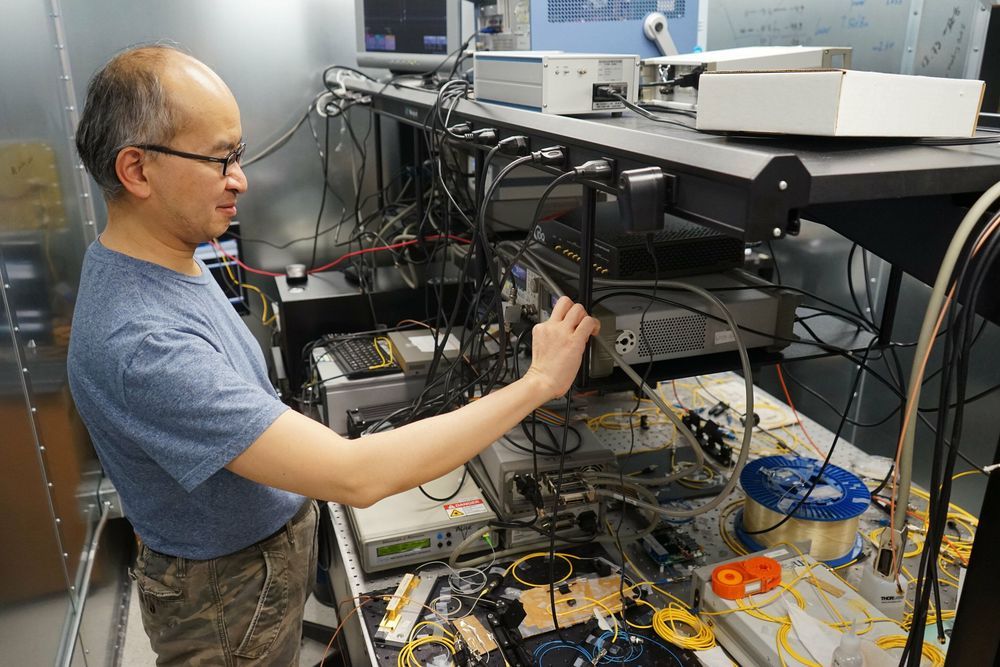
Wise reasoning does not necessarily require uniform emotional control or suppression, says Igor Grossmann, professor of psychology at Waterloo and lead author of the new study. Instead, wise reasoning can also benefit from a rich and balanced emotional life.
A person’s ability to reason wisely about a challenging situation may improve when they also experience diverse yet balanced emotions, say researchers from the University of Waterloo.
The finding clarifies millennia of philosophical and psychological thinking that debates how wisdom is related to the effective management of emotionally charged experiences.
Continue reading “In test of wisdom, new research favours Yoda over Spock” »


















